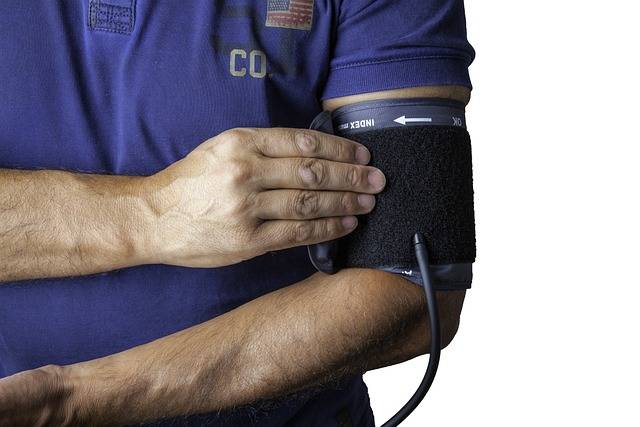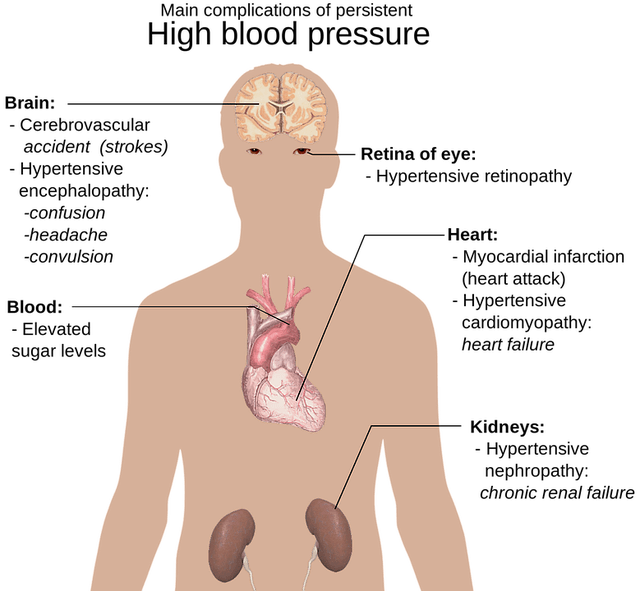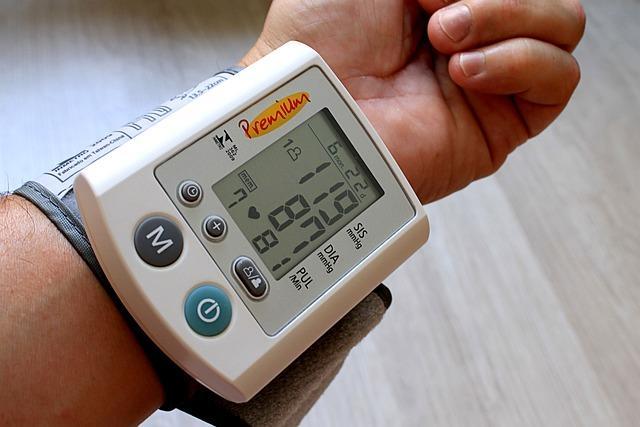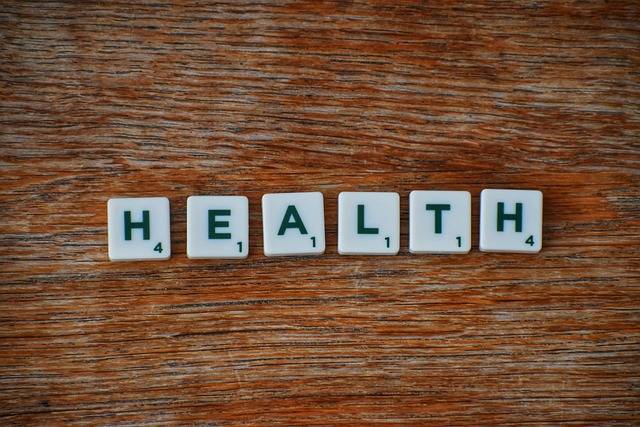In urgent situations where immediate blood pressure reduction is necessary, several strategies can be employed for rapid relief. Deep breathing techniques, such as diaphragmatic breathing, and progressive muscle relaxation are effective in triggering the body’s relaxation response, leading to a swift drop in stress-induced blood pressure. Hydration, caffeine reduction, and light physical activity, such as brisk walking, can contribute to a temporary lowering of blood pressure. Additionally, herbal remedies like hibiscus tea and mindfulness practices, including meditation, offer potential benefits in emergency scenarios. It’s crucial to note that these methods are not substitutes for professional medical advice, and individuals experiencing persistent or severe hypertension should seek immediate medical attention. Long-term blood pressure management requires a comprehensive approach, and consultation with a healthcare provider is essential for personalized guidance and treatment.
Relaxation techniques:
In critical moments necessitating urgent blood pressure reduction, a multifaceted approach employing various highly effective relaxation techniques can prove paramount:
Deep Breathing Techniques:
Delve into the practice of deep breathing, where inhalation occurs deeply through the nose, expanding the diaphragm, followed by a brief breath hold, and a slow exhalation through pursed lips. This method activates the parasympathetic nervous system swiftly, leading to a rapid decline in stress hormones and an ensuing drop in blood pressure.
Progressive Muscle Relaxation (PMR):
Engage in Progressive Muscle Relaxation, a systematic process involving the intentional tension and subsequent relaxation of different muscle groups. During emergency situations, expedite the process by focusing on key areas like the shoulders, neck, and jaw to induce a comprehensive state of relaxation, facilitating a prompt reduction in blood pressure.
Mindfulness Meditation:
Embrace mindfulness meditation as a tool to anchor oneself in the present moment, diverting attention away from stressors. In emergency scenarios, quick mindfulness techniques like mindful breathing or concise body scan meditations offer an efficient means to alleviate stress, stabilizing blood pressure with immediacy.
Visualization and Guided Imagery:
Harness the power of visualization by mentally conjuring a serene scene, and deepen the impact with guided imagery through verbal prompts. This dynamic approach, especially in emergency situations, provides an accelerated escape from stressors, allowing for a rapid mental and physical relaxation, ultimately contributing to a swift reduction in blood pressure.
Quick Relaxation Breaks:
Recognize the importance of short relaxation breaks during emergencies. A mere few minutes dedicated to closing one’s eyes, practicing deep breathing, and focusing on positive affirmations can serve as a vital intervention, swiftly reducing stress and, consequently, blood pressure.
Aromatherapy:
Explore the therapeutic benefits of aromatherapy, where scents like lavender or chamomile are diffused through essential oils. Inhaling these calming aromas during an emergency engages the olfactory system, triggering a relaxation response and facilitating the rapid lowering of blood pressure.
Listening to Calming Music:
Leverage the influence of calming music on mood and stress levels during emergencies. Engaging with soothing melodies provides a quick shift in focus, induces relaxation, and significantly contributes to the rapid reduction of blood pressure.
Tension Release Techniques:
Address physical tension, particularly in the neck and shoulders, known contributors to elevated blood pressure. Implement simple yet effective techniques like gentle neck stretches or shoulder rolls discreetly during emergency situations to promote physical relaxation and alleviate blood pressure.
It’s imperative to understand that while these relaxation techniques offer immediate relief, they complement rather than replace professional medical advice. Individuals experiencing persistent or severe hypertension should seek immediate medical attention, and the incorporation of these techniques should be part of a comprehensive, ongoing consultation with healthcare professionals for long-term blood pressure management.
Menopause relaxation techniques:
During menopause, when hormonal fluctuations often accompany increased stress levels, incorporating specific relaxation techniques becomes crucial for managing associated symptoms. Practices such as yoga and tai chi, with their combination of gentle movements, deep breathing, and mindfulness, offer a holistic approach to relaxation during this transitional phase. These exercises not only promote physical well-being but also contribute to mental calmness. Tailoring breathing exercises to address hot flashes, a common menopausal symptom, can be particularly beneficial. By cultivating slow, deliberate breaths during these episodes, women can manage physiological responses, potentially mitigating blood pressure fluctuations. Overall, integrating menopause-specific relaxation techniques into daily routines provides women with valuable tools for navigating this transformative period with enhanced emotional and physical well-being.
Tourette syndrome relaxation techniques:
For individuals dealing with Tourette Syndrome, which is characterized by involuntary movements and vocalizations often exacerbated by stress, incorporating targeted relaxation techniques can be instrumental in managing both the condition and associated physiological responses. Focused breathing during tics serves as a practical method, allowing individuals to regain control and alleviate stress in the midst of episodes. Additionally, Progressive Muscle Relaxation (PMR) proves beneficial in reducing heightened muscle tension, a common occurrence in Tourette Syndrome. By systematically tensing and then relaxing various muscle groups, individuals can alleviate physical tension and potentially influence blood pressure levels. These relaxation techniques offer a valuable complement to traditional Tourette Syndrome management, empowering individuals to navigate their condition with greater ease and promoting overall well-being.
Hydration: How to Lower Blood Pressure Instantly in an Emergency
In emergency scenarios requiring swift blood pressure reduction, the role of hydration emerges as a vital yet often overlooked aspect. Dehydration has been linked to elevated blood pressure, and addressing this factor promptly can contribute to a rapid physiological response. Consuming a glass of water, preferably at room temperature, acts as a quick and accessible intervention. Hydration stimulates blood flow, optimizing the circulatory system and potentially mitigating the effects of stress-induced hypertension. While excessive fluid intake should be avoided, particularly in individuals with certain medical conditions, a moderate and timely consumption of water can serve as an immediate strategy to support blood pressure regulation. Hydration stands as a fundamental, yet simple, component in the arsenal of techniques available for individuals seeking prompt relief from heightened blood pressure in emergency situations.
Importance of Garlic:
While garlic is renowned for its culinary applications, it also holds potential as a natural remedy to lower blood pressure, even in emergency situations. Garlic contains allicin, a compound with various cardiovascular benefits, including vasodilation and the reduction of blood vessel stiffness. These properties can contribute to an immediate decrease in blood pressure. In emergency scenarios, incorporating garlic into the diet or consuming a garlic supplement may offer a rapid response due to its quick absorption into the bloodstream. However, it’s crucial to note that while garlic can be a valuable addition to emergency interventions, it is not a substitute for professional medical advice or prescribed medications. Individuals with existing health conditions or those on specific medications should consult with healthcare professionals before relying solely on garlic for immediate blood pressure reduction. The potential benefits of garlic as a supplementary strategy underscore the importance of a comprehensive approach to managing blood pressure emergencies.
Hypothetical Case Study: The Emergency Use of Garlic in Blood Pressure Management
Patient Profile:
Mrs. Anderson, a 58-year-old woman with a history of mild hypertension, experiences a sudden spike in blood pressure during a stressful event at home. Concerned about the immediate need for intervention, she recalls reading about the potential benefits of garlic in lowering blood pressure.
Emergency Response:
Mrs. Anderson decides to chew a raw garlic clove, following the advice she had come across regarding its potential to induce vasodilation and mitigate blood pressure elevation. She monitors her blood pressure at home using a reliable blood pressure monitor.
Outcome:
After consuming the raw garlic, Mrs. Anderson experiences a gradual reduction in her blood pressure. While this response is subjective, and individual reactions can vary, she notes a feeling of relaxation and observes a lowering of her blood pressure levels within a reasonable timeframe.
Follow-Up:
Mrs. Anderson promptly consults her healthcare provider about the incident and her use of garlic in an emergency. The healthcare provider commends her for taking swift action but emphasizes the importance of a comprehensive approach to blood pressure management. They discuss lifestyle modifications, stress reduction techniques, and the need for any adjustments to her prescribed medications.
References:
Ried, K., Fakler, P., & Sullivan, T. (2013). Effect of garlic on blood pressure: A systematic review and meta-analysis. BMC Cardiovascular Disorders, 13, 27. doi: 10.1186/1471-2261-13-27
Rahman, K., & Lowe, G. M. (2006). Garlic and cardiovascular disease: A critical review. The Journal of Nutrition, 136(3 Suppl), 736S-740S. doi: 10.1093/jn/136.3.736S
It’s crucial to emphasize that while some studies suggest potential benefits of garlic in blood pressure management, the evidence is not conclusive, and individual responses can vary. Any decision to use garlic or other supplements in emergency situations should be discussed with healthcare professionals to ensure it aligns with the individual’s overall health and any existing medical treatments. Always consult with up-to-date and reputable sources for the latest information on health topics.
Conclusion:
In conclusion, while there are some measures that may help lower blood pressure temporarily in emergency situations, it is crucial to emphasize that these should never be considered as a substitute for professional medical intervention. Hypertensive emergencies demand immediate attention from healthcare professionals, and any delay in seeking proper medical care can lead to severe consequences.
The suggested methods, such as relaxation techniques, hydration, slow exercise, and others, are intended for short-term relief and should be approached with caution. Moreover, individual responses to these techniques may vary, and their effectiveness is not universal.
It is imperative to recognize the limitations of these measures and prioritize seeking emergency medical assistance when faced with a hypertensive crisis. High blood pressure is a serious condition that requires careful monitoring, proper diagnosis, and a comprehensive treatment plan provided by qualified healthcare professionals. Any adjustments to medication or other interventions should be made under the guidance and supervision of a medical professional.
while these suggestions may offer momentary relief, the primary focus in emergencies should be on accessing immediate medical attention to ensure the safety and well-being of individuals experiencing a sudden spike in blood pressure.
FAQs about lowering blood pressure:
Q: What are some healthy lifestyle changes for lowering blood pressure?
-
- Diet: Reduce salt intake, eat plenty of fruits and vegetables, choose whole grains over refined carbs, and limit saturated and trans fats.
- Exercise: Aim for at least 150 minutes of moderate-intensity exercise per week or 75 minutes of vigorous exercise.
- Weight management: Losing weight can significantly reduce blood pressure.
- Stress management: Find healthy ways to manage stress, such as yoga, meditation, or deep breathing exercises.
- Limit alcohol and smoking: These habits can significantly increase blood pressure.
Q: What medications are used to treat high blood pressure?
It’s crucial to consult a doctor for medication as they will diagnose the underlying cause and prescribe the appropriate medication based on your individual needs. Do not self-medicate or alter dosages without medical supervision.
Q: What are some signs and symptoms of high blood pressure?
Most people with high blood pressure don’t experience any symptoms. However, some potential signs include headaches, dizziness, fatigue, and shortness of breath.
Q: What are some natural remedies for lowering blood pressure?
A: While certain lifestyle changes and diet adjustments can positively impact blood pressure, it’s essential to consult a doctor before considering any additional remedies. They can assess your individual situation and advise on safe and effective options alongside prescribed medication, if needed.
Q: Is it possible to reverse high blood pressure?
A: While achieving “normal” blood pressure might not always be possible, significantly lowering and managing it through lifestyle changes, medication, and consistent medical follow-up can significantly reduce the risk of complications and lead to a healthier life.
Q: What are some quick tips for managing stress, which can elevate blood pressure?
A: Practice deep breathing exercises, take short breaks throughout the day, engage in hobbies you enjoy, prioritize sleep, and consider mindfulness or meditation techniques. Remember, consistent practice is key for stress management to benefit your overall health.
Q: How can I monitor my blood pressure at home?
A: Using a home blood pressure monitor can be a valuable tool for tracking your progress and staying informed about your blood pressure fluctuations. However, it’s crucial to choose a validated device, learn proper measurement techniques, and consult your doctor for interpretation and adjustments to your treatment plan, if necessary.





